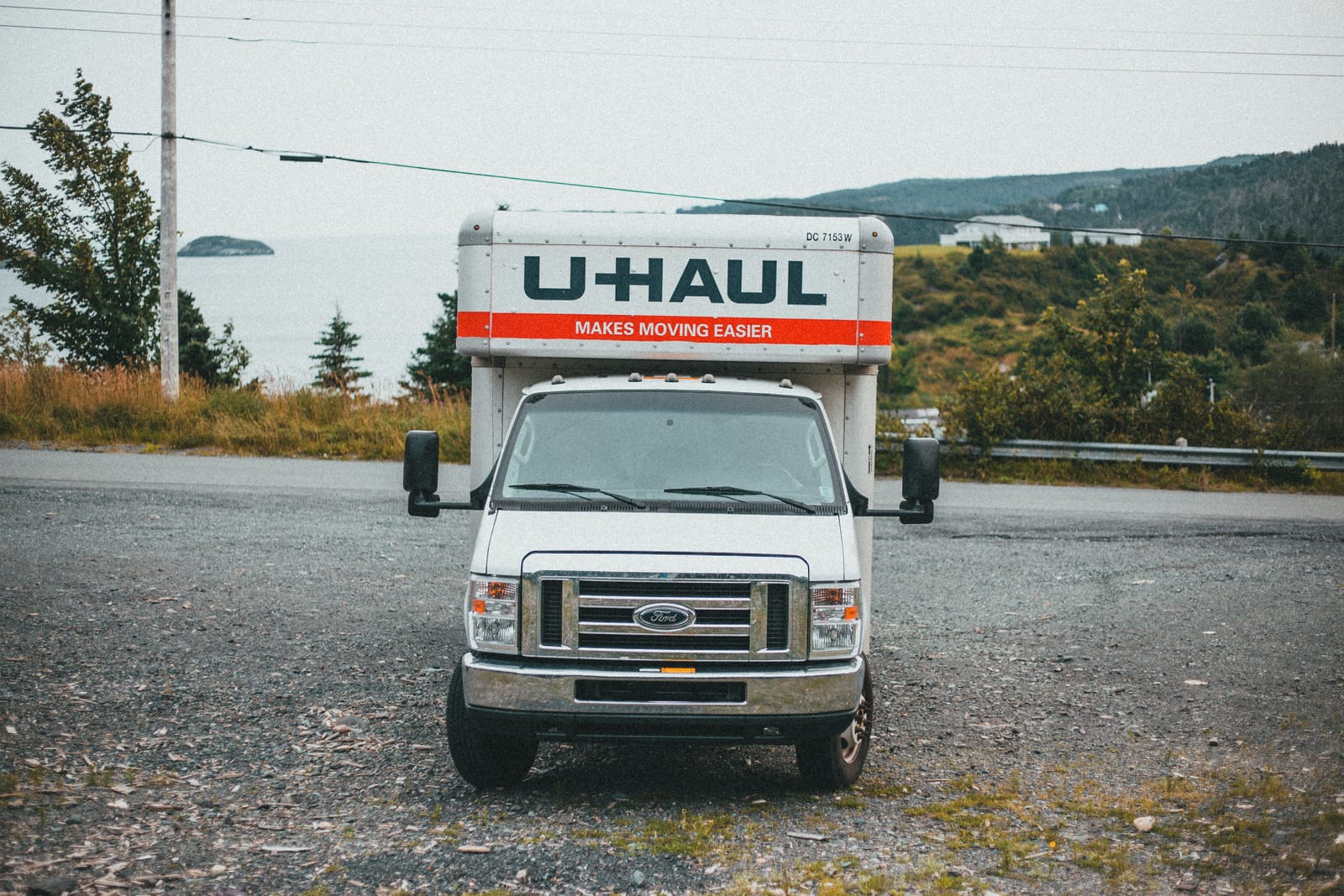Almost religiously- I wake up every morning, make my coffee, find my spot on the living room sofa, and pull up RedFin on my phone, to see what new drastically out-of-budget homes I'll be daydreaming about for the rest of the day.
You can only imagine my excitement when I saw RedFin's 2023 Migration report addressing climate change and its significant risks to new movers.
In case you weren't already aware, the COVID pandemic sent the world and all its people into a whirlwind. The combination of remote work, low mortgage rates, higher home prices in many major metros and people seeking out warm weather and lower taxes, prompted a mini "great migration" for Americans who began reconsidering their geographic ties and relocating to the Sun Belt.

Side Note: Did you know the US has 13 "belts"? If that isn't foreshadowing for the American obesity crisis then I don't know what is.
This "great migration" has meant that many Americans are actually choosing to move into zip codes with higher climate-related risks. States including Texas, Florida, and Arizona have exploded in popularity despite the increasing climate risks from storms, droughts, wildfires, and extreme heat. But lets look at the statistics:
Flood Risk:
- The nation's most flood-prone counties saw a net increase of about 400,000 people in 2021 and 2022 - that's 103% more people than the previous two years combined.
Wildfire Risk:
- US counties with the highest risk of wildfire experienced almost half a million people move in rather than out over the last two year period - a 51% increase from 2019 and 2020.
Heat Risk:
- And finally, counties with the highest heat risk registered a net influx of 629,000 people - equating to a 17% uptick in movers.



Many disaster-prone areas are relatively affordable because homebuyers and renters have a larger pool of homes to choose from - and America is increasingly building housing in places endangered by climate change because that's where people want to move - more than half (55%) of homes built so far this decade face fire risk, while (45%) face drought risk.
Daryl Fairweather, RedFin's Chief Economist points out -
"It's human nature to focus on current benefits, like waterfront views or a low cost of living, over costs that could rack up in the long run, like property damage or a decrease in property value." "It's also human nature to discount risks that are tough to measure, like climate change".
The consequences of climate change haven't fully sunk in for many new residents because more often than not, insurers and government programs are subsidizing the cost of rebuilding after such natural disasters. But with natural disasters intensifying, insurers are pulling out of disaster-prone areas like Florida and California, and Americans are starting to feel heavier financial burdens of drastically high insurance premiums if they're able to get coverage at all.
Although, while the larger trend points to migration into risky areas, two noteworthy exceptions include hurricane/flood-prone Louisiana and wildfire-prone Paradise California. Both areas saw a net outflow of residents which shows that there may actually be a line that gets crossed.
Maybe RedFin can start incorporating a warning on at-risk homes-
HOMEBUYERS BEWARE: LONG TERM CLIMATE IMPACTS ARE COMING FOR YOU AND YOUR PROPERTY VALUES. HOMEOWNERS IN DISASTER-PRONE AREAS MAY SEE THEIR PROPERTY VALUES START TO DECREASE AS NATURAL DISASTERS INTENSIFY AND INSURANCE BECOMES COSTLIER AND HARDER TO COME BY.
Whether the vast majority of homebuyers are taking long-term climate impacts into consideration or not, the long-term impacts will eventually come for them. As a new generation of homebuyers begin to craft their own migration habits, its better to be cognizant of these climate-risk factors than negligent.








